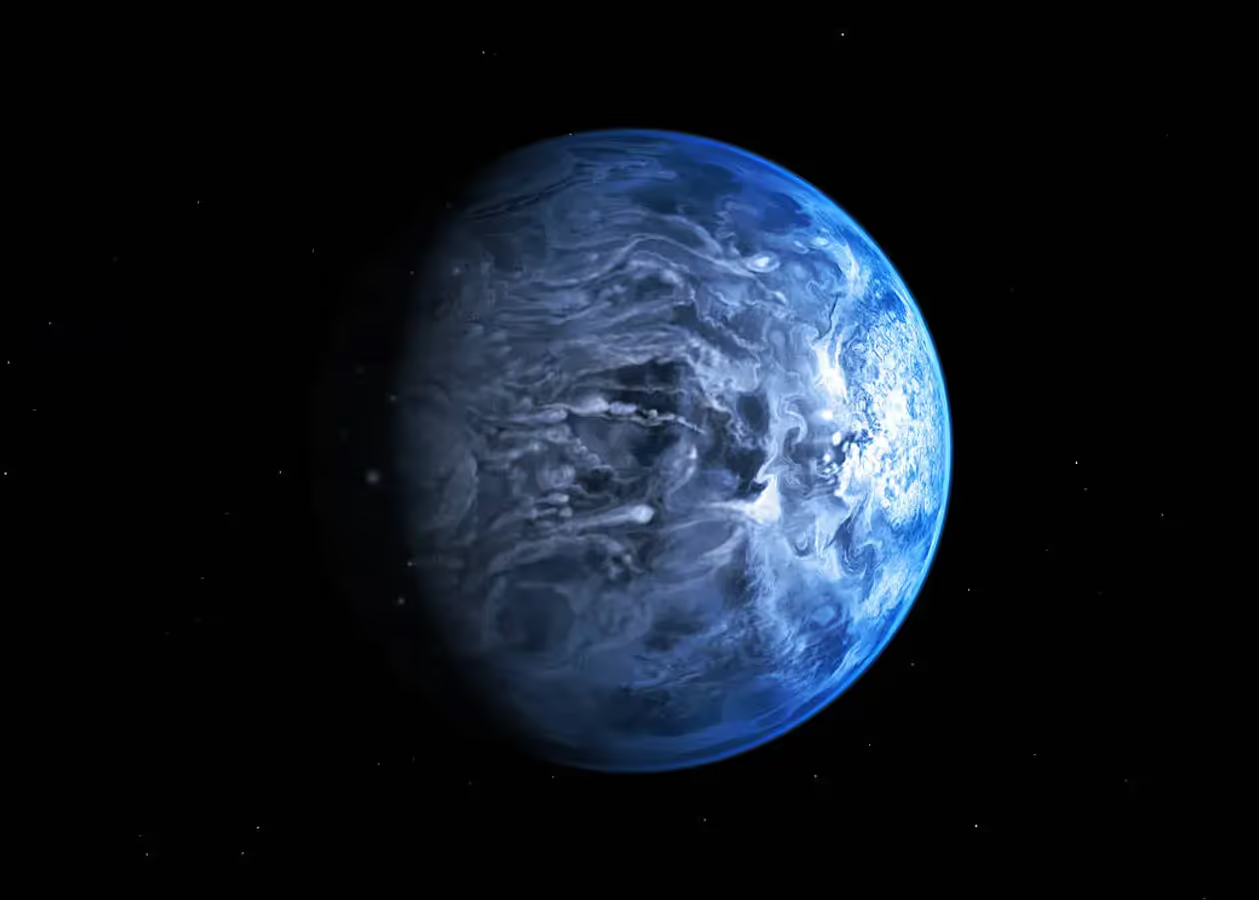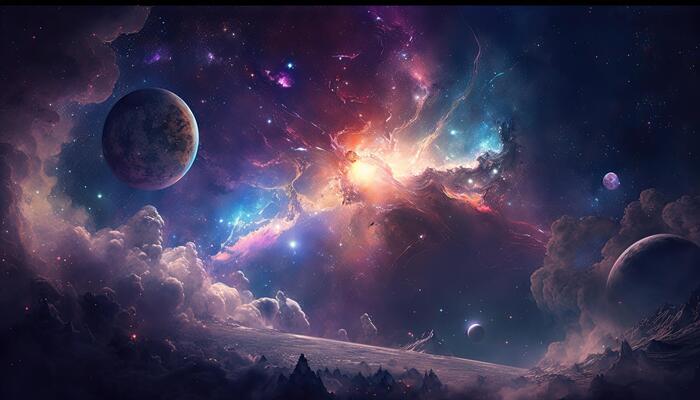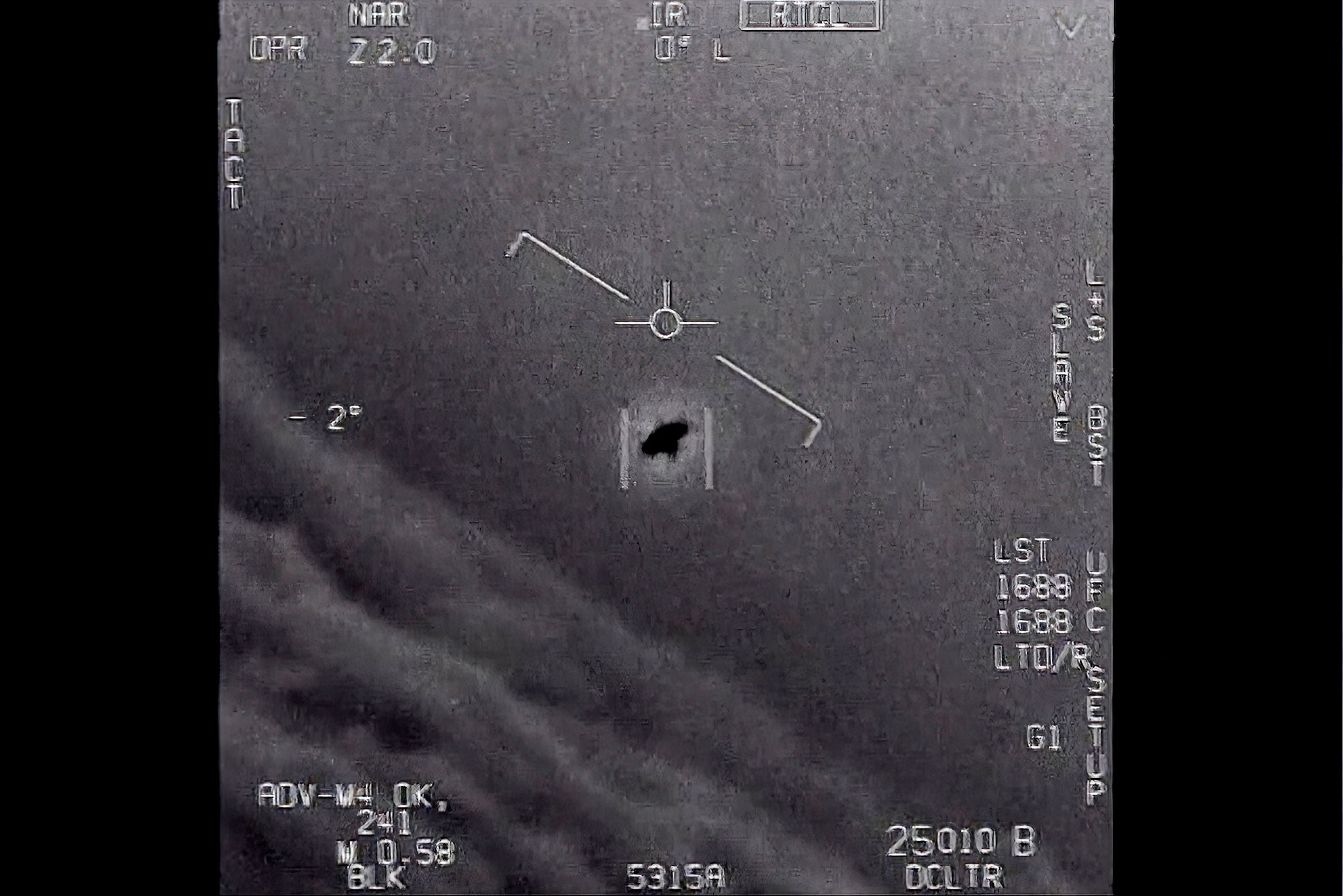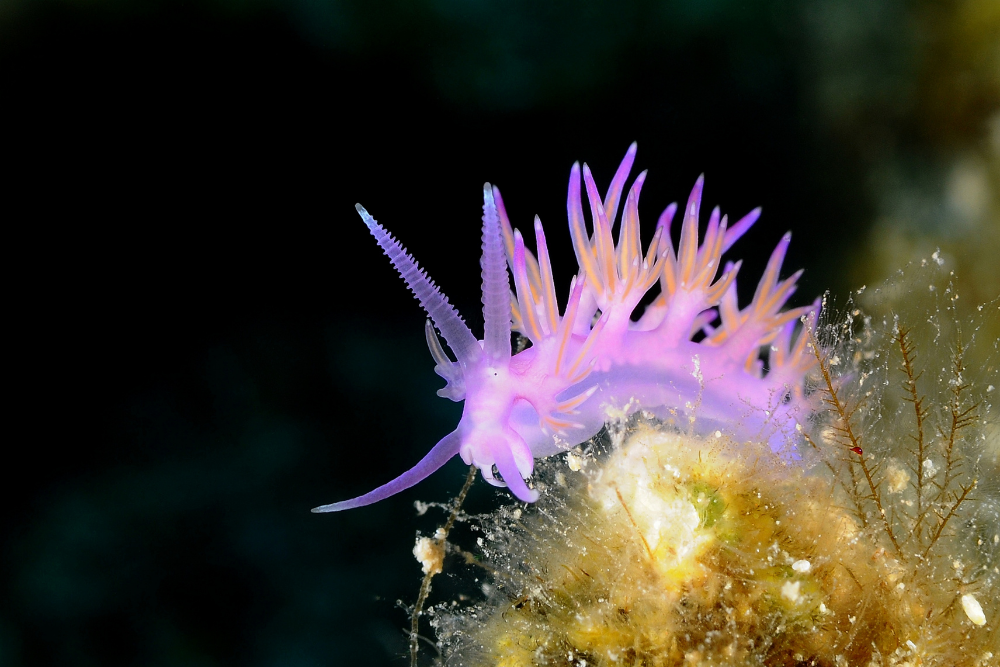NASA Discovers a 'Nightmare World' Where Glass Rains Sideways
The colossal exoplanet HD 189733 b, which is 11% larger than Jupiter and located 64.5 light-years away, presents some of the most extreme and deadly conditions in the known universe.
An Unforgiving World of Extremes
HD 189733 b is a massive gas giant located in the faint Vulpecula constellation in the northern sky. Discovered in 2005 by French astronomers observing its transit across its parent star, this exoplanet has become a focal point for scientists due to its bizarre and lethal conditions. The planet's proximity to its star results in an orbital period of just 2.2 days, with an astounding orbital speed of 340,000 mph. In contrast, Earth’s gentle orbit takes 365 days at a much slower pace.
Unlike the serene blue skies of Earth, the deep azure color of HD 189733 b is the result of a "hazy, blow-torched atmosphere" laden with silicate particles. These particles reflect blue light, creating an appearance eerily reminiscent of Earth's oceans, but any illusions of a hospitable environment are quickly shattered by its deadly weather.
A Hellish Climate
With temperatures ranging from 919°C to 1,220°C and wind speeds reaching a staggering 5,400 mph—seven times the speed of sound—HD 189733 b's environment is as hostile as it gets. The winds alone are capable of tearing apart anything caught in their path. However, the planet's most notorious feature is its "glass rain," where molten silicate particles are whipped sideways by these ferocious winds, creating a phenomenon aptly described by NASA as "death by a thousand cuts."
NASA stated, "To the human eye, this distant planet appears bright blue. But any space voyager mistaking it for the friendly skies of Earth would be gravely mistaken. The weather on this world is deadly."
Atmospheric Mysteries
HD 189733 b's atmosphere has been extensively studied using advanced telescopes such as Spitzer and Hubble. These observations have revealed the presence of water vapor, neutral oxygen, carbon monoxide, and methane. However, the presence of methane in such extreme temperatures remains a scientific puzzle. Typically, high temperatures should cause a chemical reaction between water and methane, converting the latter into carbon monoxide. This anomaly has left researchers questioning the exact processes occurring in the planet's atmosphere.
The tidally locked nature of the planet—where one side permanently faces its star while the other remains in perpetual darkness—further complicates its climate. The stark contrast between the scorching day side and the frigid night side creates extreme weather patterns, exacerbating its already inhospitable conditions.
The Challenges of Observing Exoplanets
Exoplanets, by their very nature, are difficult to detect due to the overwhelming brightness of their parent stars. HD 189733 b and its neighbor, HD 209458 b in the Pegasus constellation, were among the first exoplanets to be directly observed using spectroscopy. This technique, which involves analyzing light to determine an object’s physical properties, has allowed scientists to peer into the atmospheres of these distant worlds and uncover their secrets.
The Kepler space telescope, launched to identify Earth-sized exoplanets, has revolutionized the search for planets outside our Solar System. To date, over 5,500 exoplanets have been discovered, with missions planned to uncover even more. While many of these worlds are gas giants like HD 189733 b, the quest for habitable planets continues to inspire new technologies and exploration strategies.
What HD 189733 b Teaches Us
Although HD 189733 b is far from hospitable, studying such extreme environments provides invaluable insights into planetary science and atmospheric behavior. By understanding how such harsh conditions arise and persist, researchers can better comprehend the diversity of planetary systems in our universe. These findings also help refine models used to predict the behavior of exoplanets and assess their potential for supporting life.
For example, the discovery of silicate particles in HD 189733 b's atmosphere has implications for understanding weather patterns on other gas giants. It also raises questions about the formation and stability of atmospheres in such hostile environments. Additionally, the mysterious presence of methane challenges existing theories and encourages further investigation into chemical processes under extreme conditions.
The Broader Implications
The study of extreme exoplanets like HD 189733 b pushes the boundaries of human knowledge and technology. It underscores the resilience and ingenuity of scientists who develop instruments capable of peering across light-years to analyze the composition of alien worlds. Each discovery adds a new piece to the puzzle of our universe's formation and evolution.
Moreover, these studies have profound philosophical implications. They remind us of the fragility of life on Earth and the unique conditions that make our planet habitable. By exploring the uninhabitable, we gain a deeper appreciation for the delicate balance that sustains life in our own cosmic neighborhood.






























0 Comments